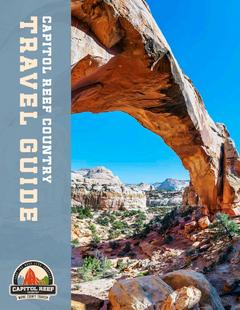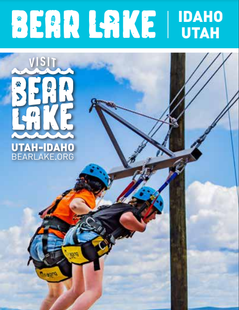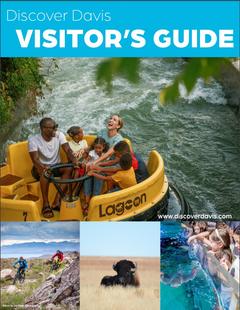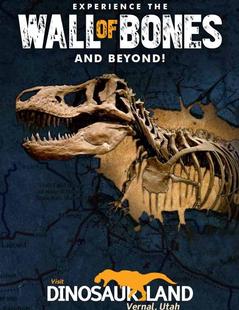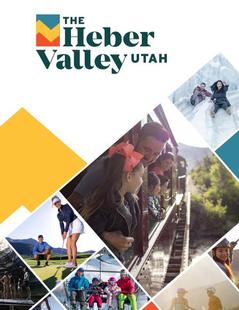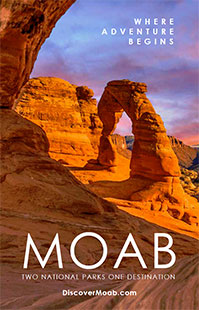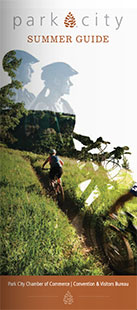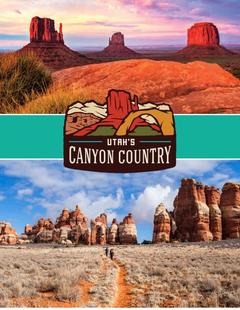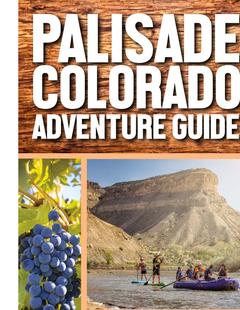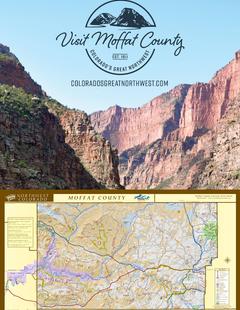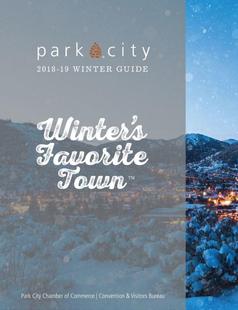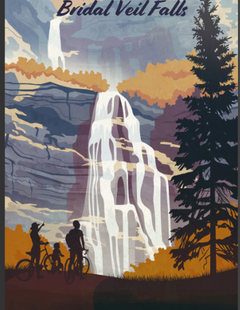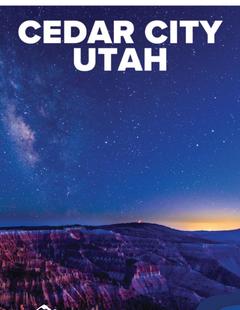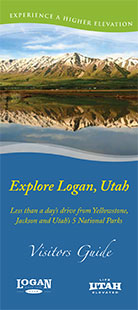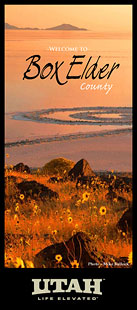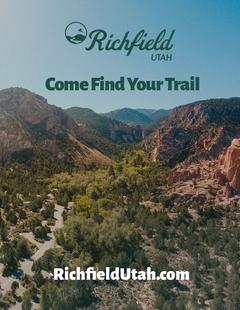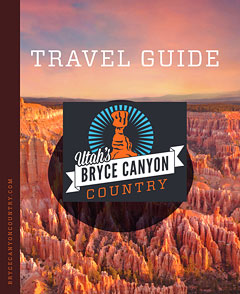Basics
- Location:
- Near Price
- Length:
- 16.6 miles (plus 18.3 miles by car)
- Difficulty:
- Intermediate
- Time:
- Day 1: 4 hours
Day 2: 5 hours - Elevation Change:
- -160 feet
- Season:
- Summer, fall
Description
In addition to the hike through the San Rafael River Gorge there are several other points of interest in this area that you may want to see before or after your hike. The Cleveland Lloyd Dinosaur Quarry is located at the end of a gravel road about ten miles east of Cleveland. This is one of the world’s most prolific dinosaur fossil sources, having yielded more than 30 complete dinosaur skeletons since excavations first began in 1929. Also one of the best prehistoric Indian pictograph panels in Utah is located beside the road in Buckhorn Wash 4 miles above the San Rafael Campground. Finally, if time permits you should drive to the Wedge Overlook, 6.2 miles off the road to Fuller Bottom. The Wedge Overlook offers a fine view of the San Rafael Gorge from a vantage point directly above the Little Grand Canyon.
Details
Location:
Length:
Difficulty:
Time:
Day 2: 5 hours
Elevation Change:
Season:
Additional Details:
The best way to begin this hike is to cross the river at Fuller Bottom and follow a jeep road downstream along the south shore for the first 20 minutes. But before you start find yourself a strong stick at least 7 or 8 feet long to help with the river crossings. As you walk place the stick on the river bottom, tilted at a 45 degree angle on the downstream side, and use it like a third leg. The extra support is a tremendous help, especially if the current is strong.
After 0.8 mile the road will come back to the water again before veering away to the south, and here you must abandon it and try to follow the cow trails. The wide valley floor is covered with tamarisk trees for a short distance and getting through them can be a problem with a big backpack. But don’t be discouraged. As the canyon narrows they become less abundant, and within another half mile the multitude of cow trails converge into a single good trail.
About 2.0 miles from the Fuller Bottom Trailhead the trail crosses again to the north side of the river. This is the second of 15 fords that will be necessary between Fuller Bottom and Cane Wash, so don’t discard your stick yet. About ten minutes after the river crossing the trail passes below a small petroglyph panel at the base of the cliffs on the left. Watch carefully as it is easy to miss. Then, after another ten minutes, another river crossing.
The next item of interest is easy to spot: the Sorrel Mule Mine. It is situated about 60 feet above the west side of the river, at the top of a large pile of yellowish tailings just 200 yards below the third river ford. A close look at the area will reveal the rotting timbers of an old log cabin near the mine as well as dozens of rusted tin cans. Copper was briefly extracted from the Sorrel Mule Mine in 1898. Amazingly, the small shaft penetrates some 2000 feet into the mountain.
A mile below the Sorrel Mule Mine you will cross Salt Wash, a wide, sandy bottomed dry wash that enters the San Rafael River Gorge from the south, and 3.1 miles farther you will come to Virgin Spring Canyon. Virgin Spring Canyon is easily the prettiest side canyon in the gorge. It is one of the few canyons that isn’t heavily grazed by cattle, and there is a reliable spring not too far from its entrance. It is an excellent place to make camp for the night and, if time permits do a little exploring. Unfortunately the trail is on the wrong side of the gorge as it passes the mouth of Virgin Spring Canyon, but the river is an easy ford at this point.
Day 2
Before leaving Virgin Spring Canyon take some time to check out the pictographs. The Virgin Spring pictograph panel is located about a quarter of a mile from the mouth of the canyon on its west side. It is high on the canyon wall, about 15 feet from the ground. The spring is located about 150 yards further up-canyon from the pictographs at the head of the Virgin Spring Box.
From the mouth of Virgin Spring Canyon the trail continues down the San Rafael River for a mile or so before coming to the next point of interest, the Little Grand Canyon. This is the deepest part of the gorge, a three-mile stretch of river that lies just below the Wedge Overlook. There is also another interesting panel of pictographs near the end of the Little Grand Canyon that you may want to see before continuing.
About 3.0 miles from the mouth of Virgin Spring Canyon the river swings north in order to get around a large finlike protrusion in the streambed. The pictographs lie on the west side of this fin, just below the highest point on the obstacle and above the point where the river meanders closest to the western side of its base. Look for a clearly visible window in the sandstone fin high above the trail. The pictograph panel is to the right of the window at the base of the Wingate Sandstone cliffs.
Beyond the pictographs the trail continues north for 0.5 mile and then swings south toward the mouth of Cane Wash, where there are still more pictographs to be seen. The Cane Wash Pictographs are just above the sandy canyon floor in a small alcove, about 100 yards from the river on the east side of Cane Wash.
From Cane Wash to the campground the trail is well used by day hikers. The trail stays on the south side of the river for the remainder of the hike; hence no more crossings are necessary. After about 3 more miles the valley widens and the vegetation is again dominated by tamarisk trees. 1.5 miles from the end you will encounter another jeep road which you can take if you prefer, although the trail along the river is more interesting. The jeep road joins Buckhorn Wash Road 0.4 mile south of the San Rafael Campground.
















